How can drones cause havoc? Let me count the ways.
March 9, 2017
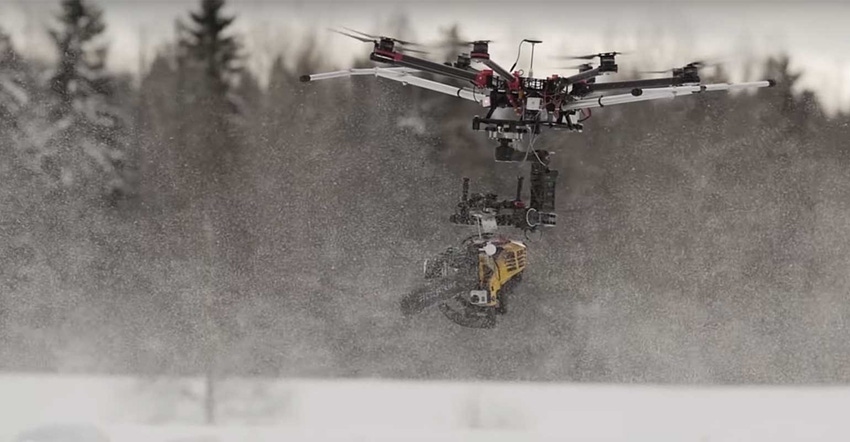
“With drones, whatever security you thought you had is gone,” declares Kunal Jain from the drone security company Dedrone (San Francisco). While most people don’t yet equate drones with security risks, they pose an array of threats, and reports of drone-related accidents and near-misses are on the rise. With some one million drones entering the airspace globally each month, the prospect of securing drones is becoming more daunting. “Think of nearly any worst case scenario, and you can probably do it with a drone,” Jain says.
Related: Join us on Thursday, March 23 at 12 p.m. PST. for a Twitter chat dedicated to drones at #IoTBizChat.
Here are eight drone-related risks:
1. Airspace Threats
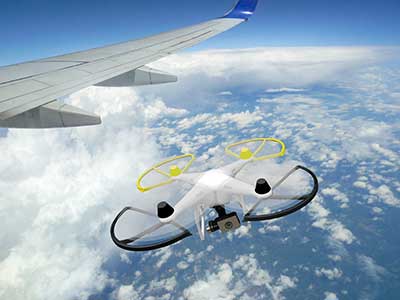
2. Vehicles for Weapons
Think of any light- to medium-weight weapon, and it can probably be attached to a drone. There are already videos of drones with chainsaws, machine guns, and flamethrowers attached.
But a prankster or terrorist could cause havoc with even the simplest of weapons. Imagine the reaction if a drone hovered above a popular sporting event, sprinkling an unknown white powder over the crowd. “A stunt like this would cause pandemonium, even if the powder in question was merely powdered sugar. You would have to have everybody quarantined because you don’t know what that substance was,” says JB McDowell, a sales engineer at Dedrone. “And stadium owners around the nation would freak out and postpone games and increase security.”
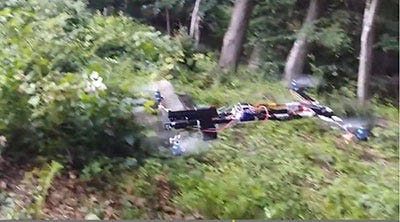
But terrorists wouldn’t need access to nuclear materials to cause havoc. They could, for instance, decide to poison the water system by flying a drone over a water facility and drop poison inside.
3. Low-Tech Corporate Espionage
In a famous scene in the HBO series Silicon Valley, a circle of men—purportedly venture capitalists—sit around a boardroom table. Three members of the startup Pied Piper take turns explaining how their technology works, jotting algorithms and formulas on a whiteboard while the men sitting around the table furiously jot down notes and later snap smartphone pictures. The engineers are impressed with how engaged the audience is. Erlich Bachman, who leads the startup’s incubator, is less impressed: “Of course they are interested. They want to steal it. This is a classic brain rape.”
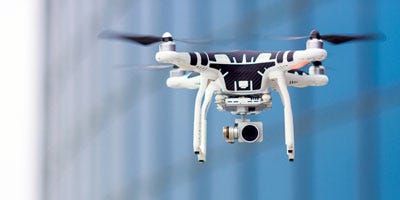
Note: The topic of IoT security is a key item on the agenda at Internet of Things World in Santa Clara this May. Check out the agenda for the world’s biggest IoT event.
Drone operators have also used this basic approach to spy on everything from prototype car models, the filming of Game of Thrones, and Apple’s new “spaceship” campus before it officially opens. There has also been an uptick in reports of drones flying over company facilities that are potential M&A targets, says JB McDowell, a sales engineer at Dedrone.
4. High-Tech Corporate Espionage
Having a drone hover outside of a board room and snap pictures may be daring, but it isn’t very sophisticated. Some of the most damaging drone-related hijacks involve computer hacking. There are, for instance, reports of drones loaded with a Raspberry Pi that can land atop a data center and steal sensitive information. “The drone will die but comes equipped with a separate power source for its components so that it will continue to sniff and transmit data over time,” says Kunal Jain, enterprise sales manager at Dedrone. “One of our partners has found a drone like that on top of a building. The drone was rusted and dead, but the components were still working.”
5. Smuggling
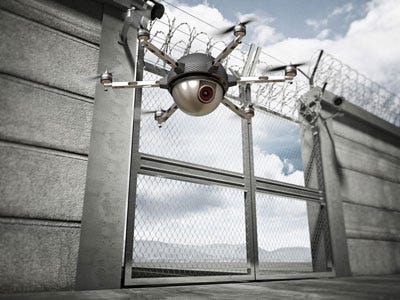
6. Collisions
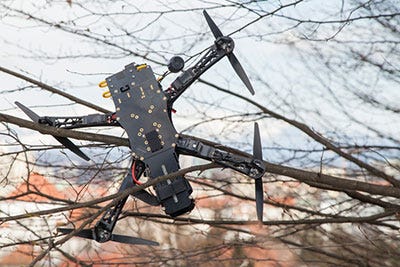
7. The Difficulty of Enforcing the Rules
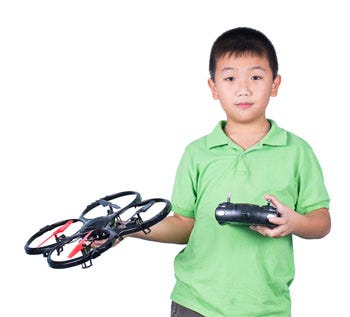
8. Drone-Based Hacking
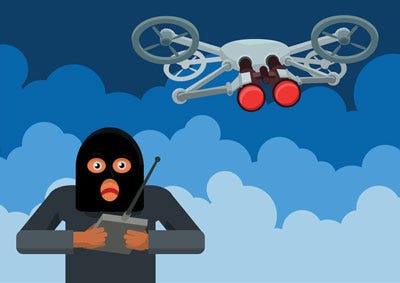
Image credits: Thinkstock
About the Author(s)
You May Also Like



.png?width=300&auto=webp&quality=80&disable=upscale)


.png?width=300&auto=webp&quality=80&disable=upscale)